By Peter Kross
To the people of the Scottish Highlands the Battles of the previous year had seemed a distant concern. But the war returned in an idiosyncratic manner when top-ranking Nazi official Rudolf Hess’s plane landed in their country on May 10, 1941. The strange event had ramifications that would last throughout the war and would prove controversial for years to come.
Hess had served as the deputy to Adolf Hitler and was the third most important member of the Nazi Party. By the time word of his clandestine arrival in Scotland reached London, the top members of Prime Minister Winston Churchill’s government, as well as their security services, began working overtime to piece together the reasons for his sudden appearance. However, the answer to that question proved as elusive as the man himself.
Rudolf Hess served in the 7th Bavarian Field Artillery Regiment in World War I and received the Iron Cross. Later in the war, he served in the Imperial Air Corps. After the war, he married 27-year-old Ilse Prohl with whom he had one son, Wolf.
Hess later attended the University of Munich, where he studied both political science and history. When Adolf Hitler came on the scene in Germany, Hess was immediately taken by his charisma and believed wholeheartedly in the National Socialist cause. He joined the movement and was arrested with Hitler and others in the infamous Beer Hall Putsch in November 1923, and was given a 71/2-year prison term. He worked as Hitler’s private secretary and played a major role in the editing of Hitler’s book, Mein Kampf. After Hitler became chancellor of Germany in 1933, he picked Hess to be his deputy Führer, and they soon worked to bring Germany under their iron fist. However, as time went on Hess believed he was being assigned a secondary role in the government and soon took a back seat to Hitler’s two newest advisers: Joseph Goebbels and Herman Göring, both of whom would play prominent roles in Hitler’s Final Solution.
Hess was not anti-British in his political leanings and did not agree with Hitler’s decision to go to war with that country after Germany’s invasion of Poland in September 1939. He hoped that somehow the British would come to their senses and make a peace deal with Germany before their country was drawn into a war. Hess began to make covert contact with like-minded people in Britain who shared his political ideas, not necessarily those in government circles.
One of these influential people was Albrecht Haushofer, a German who happened to be directly connected to anti-Hitler groups. Haushofer broke with the Nazis after the persecution of his family because of his half-Jewish mother. He also had ties to a large Russian spy network in Europe called the Red Orchestra. Albrecht Haushofer’s father, Karl, had been Hess’s teacher and was one of the most influential German political theorists of the day. Hess told Karl Haushofer he believed that if Germany made a deal with England an invasion of Britain could be avoided.
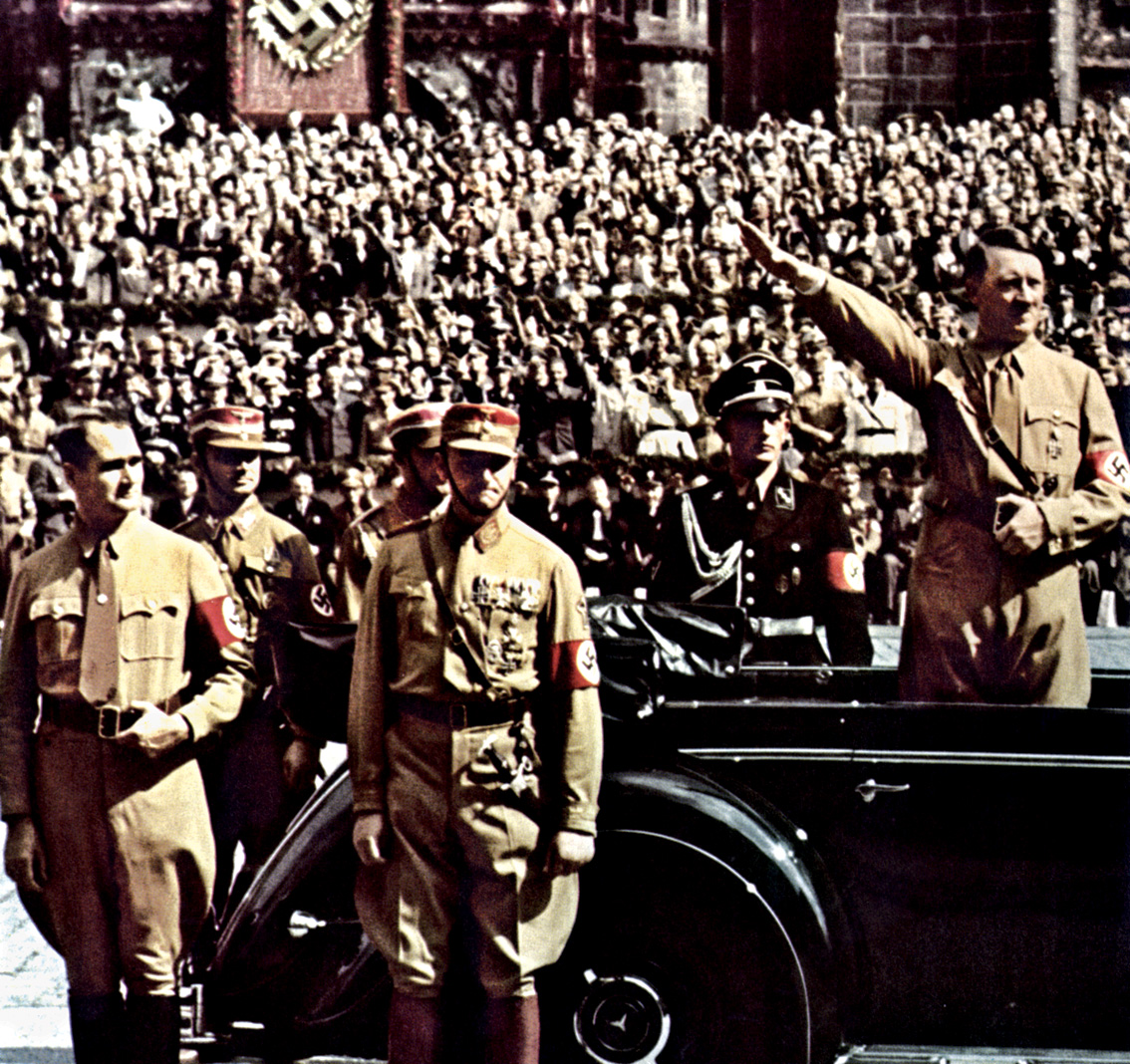
Another person whom Hess counted on in his secret machinations was a Briton of royal upbringing named David Douglas-Hamilton whose royal title was the Duke of Hamilton. At the time of Hess’s flight to England, the Duke of Hamilton was 37 years old, a graduate of Eton and Balliol College, Oxford, and a former boxing champion. Douglas-Hamilton was the first man to fly over Mount Everest and a conservative member of the British Parliament. He was known for his conciliatory attitude toward the German government.
Haushofer told his son about his meeting with Hess and urged him to lend his name to Hess’s plan. Haushofer gave Hess the names of British politicians who might be able to work out a deal with like-minded Germans if Hitler was willing. Along with the Duke of Hamilton, Haushofer suggested Sir Samuel Hoare, the United Kingdom’s ambassador to Spain.
Two days after Hess’s flight to England, the Gestapo arrested Albert Haushofer for resistance activities. Many high-ranking German military and intelligence officers, including Sicherheitsdienst (secret police) Chief Walter Schellenberg, believed Hess was influenced by agents of the British Secret Service and their German collaborators and that they played a large part in his decision to fly to Scotland.
The theory that the British government, via its intelligence services, might have lured Hess to make his flight to Scotland gained attention from many conspiracy theorists after the war. That particular conjecture was presented to the public as early as July 1943 in an article in the American Mercury magazine. The American Mercury was a well-established publication that had been founded by H.L. Mencken years before. The article, called “The Inside Story of the Hess Flight,” authored by “Anonymous,” was vouched for by the magazine’s editor and contained information that could not have been made up by the writer, who seemed to have perfect sources.
The article stirred up a hornet’s nest of publicity, coming when the outcome of the war was still very much in doubt. The writer said that Hess came to Scotland “not only with Adolf Hitler’s blessing, but upon Hitler’s explicit orders. Far from being a surprise, the arrival of Hess was expected by a limited number of Britishers, the outlines of his mission were known in advance, and the Nazi leader actually had a Royal Air Force escort in the final stage of his air journey.”
The article in the American Mercury stated that in 1941 Hitler wanted to turn his attention to defeating Russia despite the nonaggression pact he made with Stalin. In order for him to do that, Great Britain had to be taken out of the war, and a separate peace with that nation had to be consummated. If Britain was no longer a combatant against Germany, Hitler could invade Russia to improve Germany’s chances of winning the war. According to the story, in January 1941, Hitler made covert contact with certain pro-German individuals in England, including the Duke of Hamilton, who belonged to a pro-German organization called the Anglo-German Fellowship Association. Hitler’s personal representative to Hamilton and his allies was Hess.
Hitler, the story continues, personally ordered Hess to fly to England to make a separate deal with the British government. In the months before Hess actually arrived, the British developed a sting operation headed by the intelligence services to lure Hess to England and then renege on their deal with Hitler. The American Mercury story says that Hitler’s message to Hamilton and his friends was intercepted by the British Secret Service and that British agents handled the entire affair.
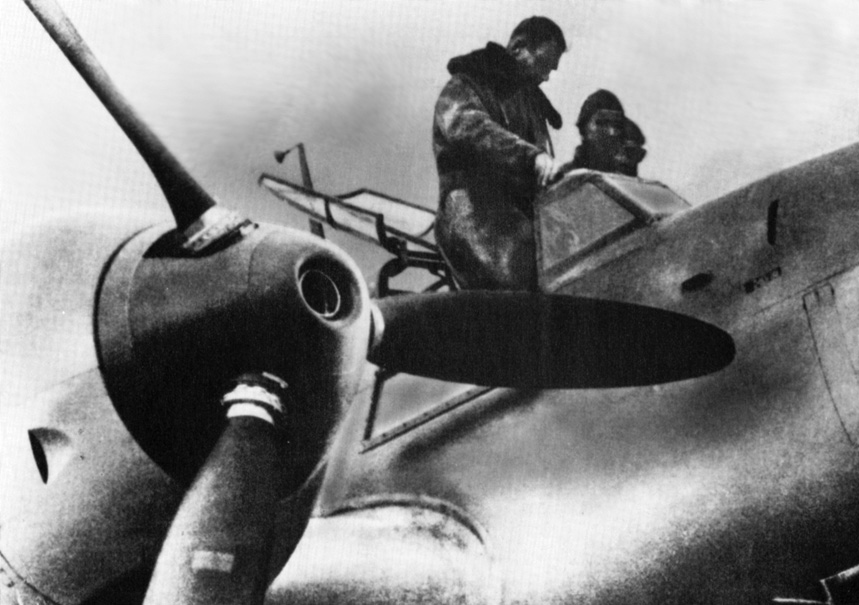
When the German government learned that Hess had taken off for England, it went into overdrive to put the best spin on what had just taken place. At 8 pm, a radio broadcast from Germany gave the first official explanation of why Hess had left for England. The broadcast said, “Party member Hess had left on Saturday on a flight from which he had not yet returned.” The government further said that Hess had suffered a mental disturbance and had left a letter that “unfortunately … justifies the fear that he was a victim of mental hallucinations.” The broadcast also said that a number of Hess’s confederates had been arrested. Why did the German government say that Hess suffered from a mental condition? Is it possible that certain members of the high command knew in advance about Hess’s flight to England and were trying to put the onus on Hess alone?
Interestingly, the German government put out an official announcement dismissing Hess’s alleged peace mission to England just one day after he left Germany.
In the end, Hess bailed out of the aircraft and landed safely on the farm owned by David McLean near the town of Paisley. When Hess landed, he told the astonished farmer that he was a friend of Britain. McLean took the airman to the local constabulary. While in custody, the pilot identified himself as “Alfred Horn” and asked to see the Duke of Hamilton.
In his meetings with the Duke of Hamilton and members of the British military, Hess insisted that Hitler knew nothing of his trip, that he had made it on his own. He told his astonished listeners that Hitler did not want to continue the war against Britain and that if England made a separate peace with Germany it would be given lenient treatment after the war was over. Hamilton said that he could not make any such agreements and turned Hess over to British intelligence. But did the British government know all about this in advance?
Just days after Hess’s departure, his valet, Karlheinz Pintsch, arrived at Hitler’s mountain retreat at Berchtesgaden. Pintsch gave Hitler the letter written by Hess before his departure. According to Pintsch, Hitler commented that Hess’s trip was an “extremely dangerous escapade.” Hitler then invited Pintsch to lunch with him, and after the meal was over he had him arrested. General Karl Bodenschatz, who was Reichsmarschal Herman Göring’s adjunct, said that Hitler seemed shocked after reading Hess’s letter. He also said he believed that Hitler’s “shock and surprise on hearing of Hess’s flight was an example of superb acting.”
Hess’s secretary, Ingeborg Speer, said that her boss never told the Führer about his upcoming flight and that Hess did it “in his fantastic love for the Fatherland. He wanted to make the greatest sacrifice of which he was capable for Adolf Hitler, to leave nothing undone to bring the German people the desired peace with England.” That statement flies directly in the face of the Atlantic Mercury’s account of Hitler’s knowledge about Hess’s flight. Chief of Staff General Franz Halder said that the “Führer was taken completely by surprise by Hess’s flight.” Walter Schellenberg, a leading figure in the German espionage establishment, said Hitler was in such a state of shock upon hearing about what Hess had done that he could not speak.
The Hess matter immediately caught the attention of MI5 (British Intelligence) in the person of Major T.A. Robertson, who held an important post in the counterintelligence division. In a letter about the Hess case, Robertson said he had met with Air Vice Marshall Charles Medhurst, who filled him in on their knowledge of Albert Haushofer and the Duke of Hamilton. In time, Prime Minister Churchill was given a wide-ranging briefing on Hess, and he took an active interest in the case. Medhurst ordered Robertson to make further inquiries at the military base where Hess was staying to glean all information he could about why Hess had landed in Scotland.
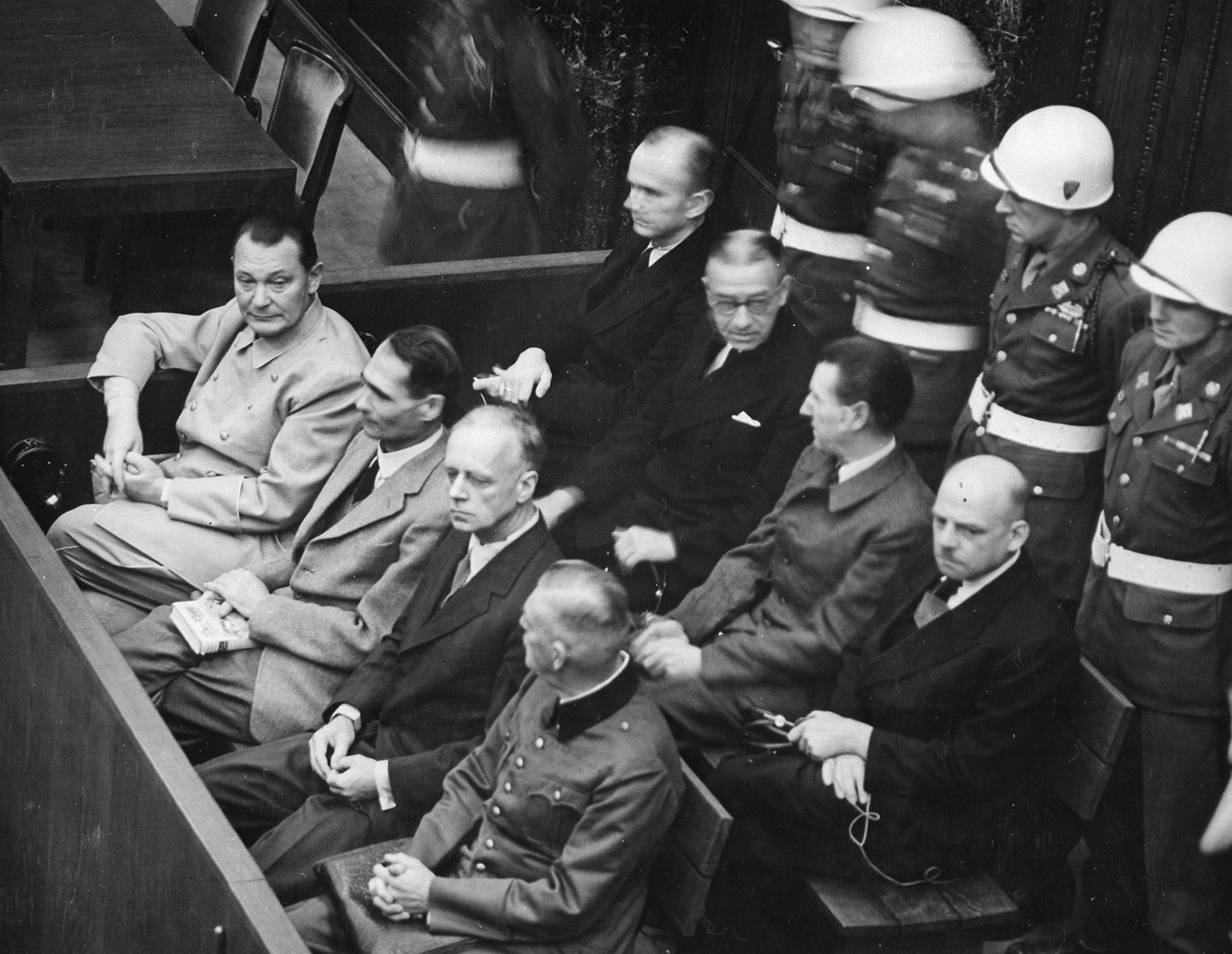
Soviet officials learned much about Hess from one of their most productive spies of World War II. Kim Philby was then working for British intelligence and would become known as one of the “Cambridge Five” (Russian spies who infiltrated the British government in World War II). Philby, according to a former British diplomat named Tom Dupree, told his Soviet controllers that Hess had sent a letter to Lord Hamilton a few weeks before his flight and that it was intercepted by British intelligence. Philby said that Hess believed that he could influence the anti-Churchill party in England, which really did not exist, and make a case for a separate peace with England.
Soviet leader Josef Stalin believed Hess’s flight was a plan concocted by the Germans and the British intelligence services at the expense of the Soviet Union.
Following the war, Hess was incarcerated at Spandau Prison in Berlin. On August 17, 1987, his body was found hanging in his cell, the result of an apparent suicide. At the time of his suicide, he was the last prisoner at Spandau, which was run jointly by the Soviet Union and the three Western wartime Allies.
In September 2013, Hess’s personal files were put up for auction in the United States. The files shed new light on the complicated story of what really motivated Hess to make his secret flight to England. The company that auctioned off the Hess papers was Alexander Historical Auctions, and it placed the value of the papers at $750,000. The papers included Hess’s personal notes, copies of letters, and transcripts of interviews regarding his flight to England. Among the papers allegedly in the files was a handwritten proposal of peace terms that Hess handed over to former British Foreign Secretary Lord Simon. An Alexander Historical Auctions spokesman said they got copies of Hess’s file “through one of their consignors in Europe.” The unnamed consigner said that decades ago he received an anonymous phone call from a man who knew his work. He was told to meet this person the next day, when the Hess file would be given to him for his historical research.
One of the papers in the collection states: “The offer by the Führer is genuine … the British cannot continue the war without coming to terms with Germany…. By my coming to England, the British government can now declare that they are able to have talks … convinced that the offer by the Führer is genuine … the British government has no reason for further bloodshed … the British will agree to the suggestions made.”
The facts surrounding the mysterious flight of Rudolf Hess to Scotland on May 10, 1941, are still shrouded in secrecy more than 70 years after the fact. The last of the Hess files are still under lock and key in the British Archives and are not slated to be opened until 2017.
U.S. President Franklin D. Roosevelt may have summed up the Hess affair succinctly. He said, “I wonder what is really behind this story.”
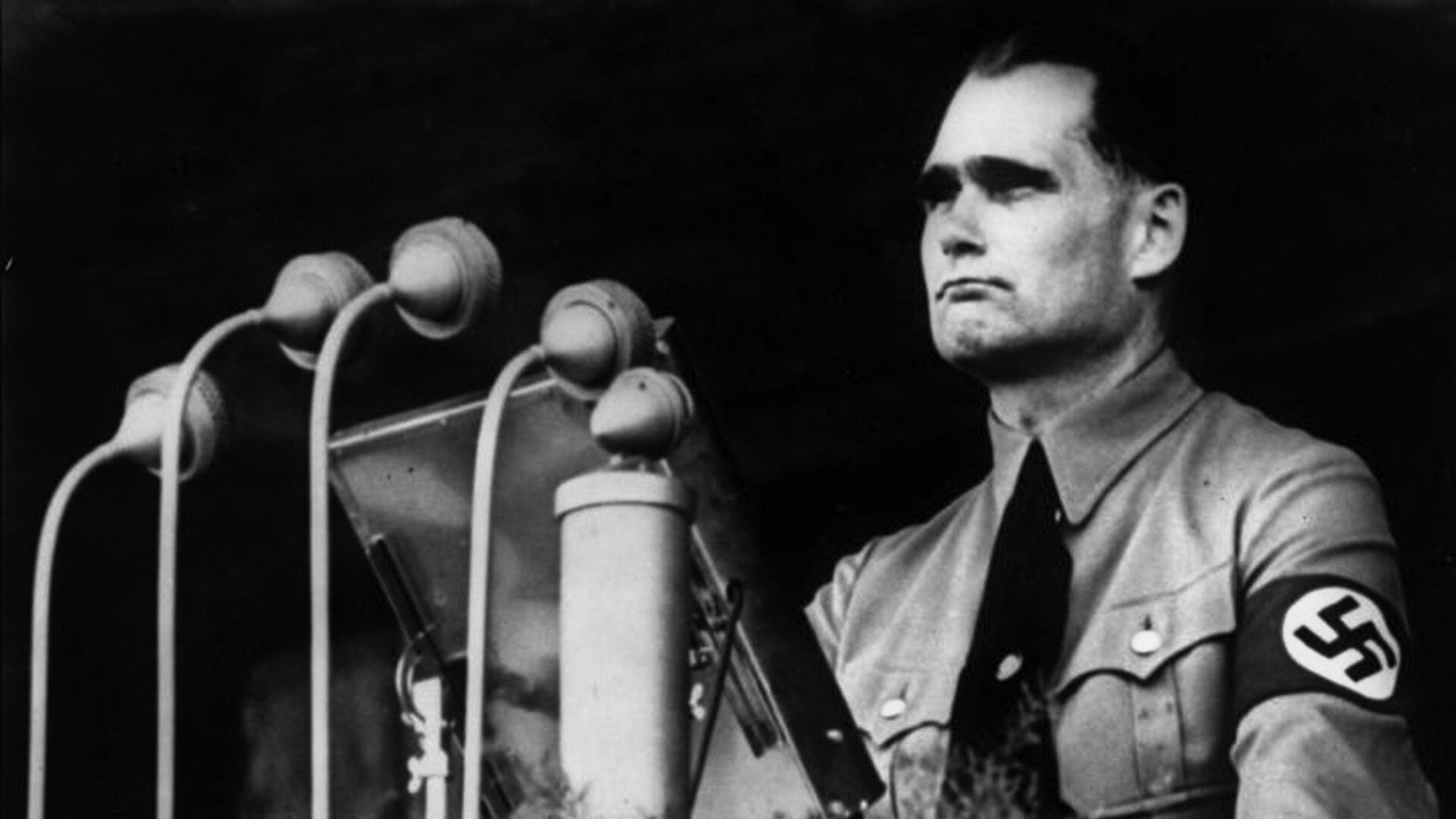
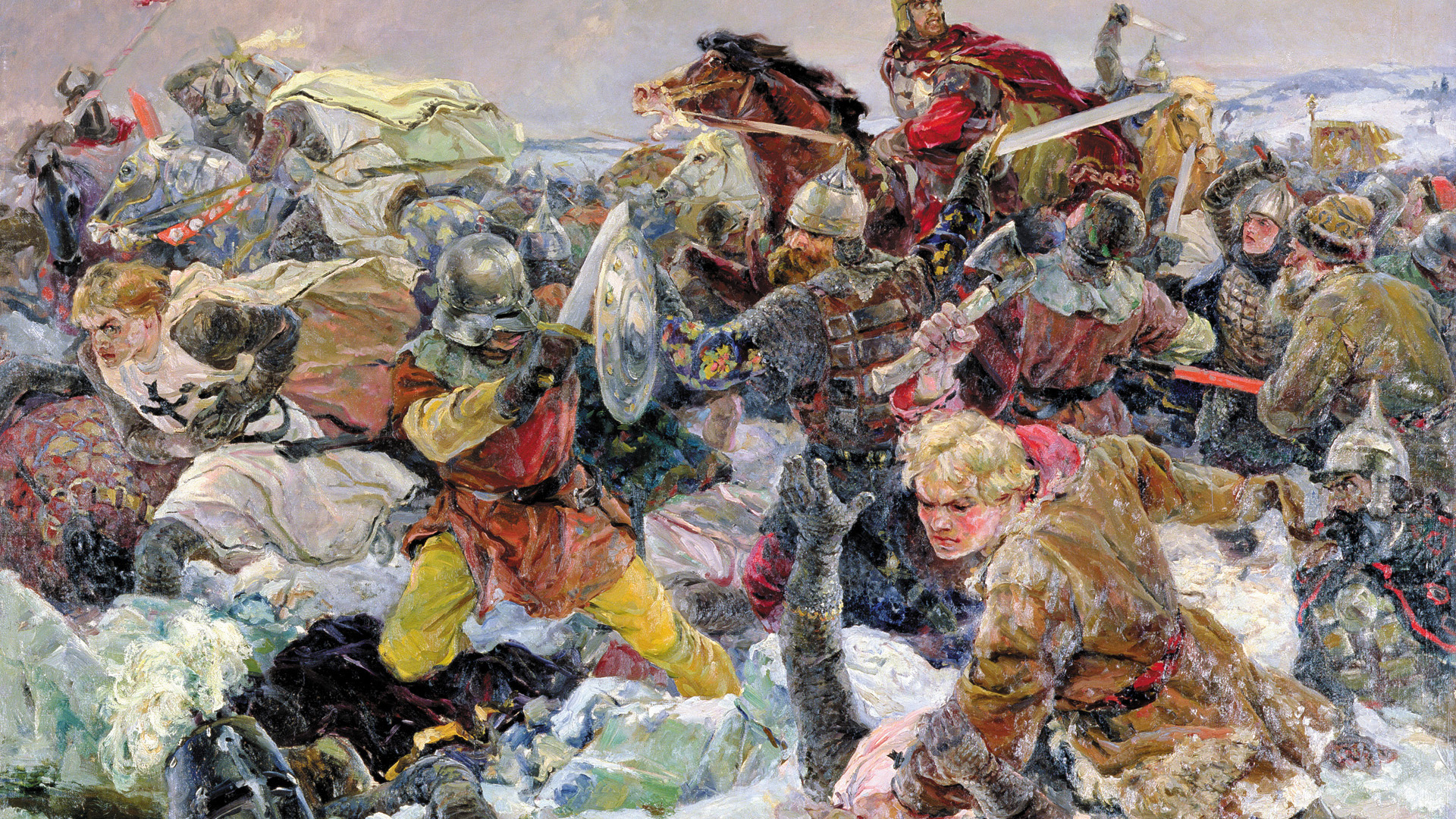
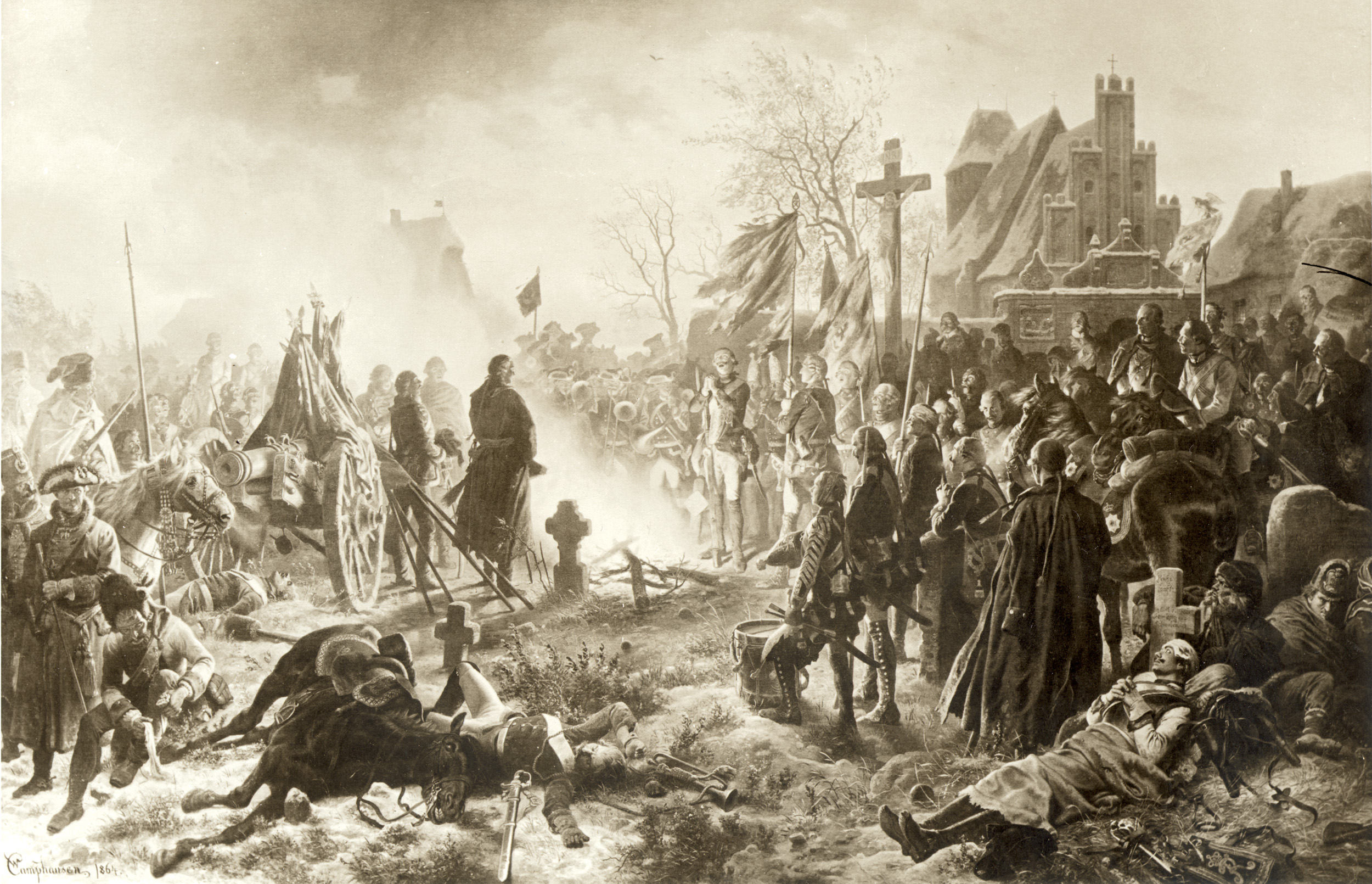
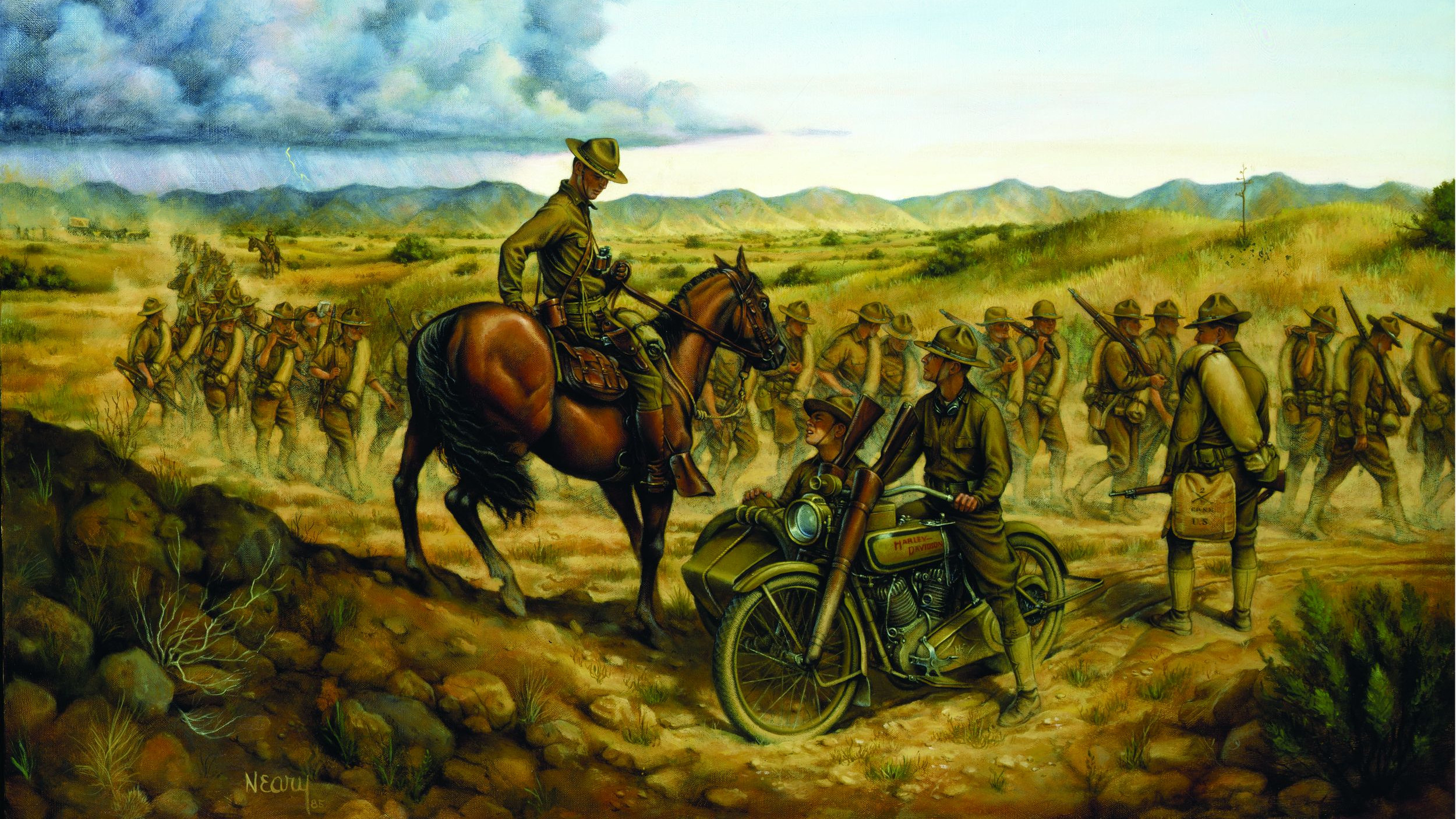
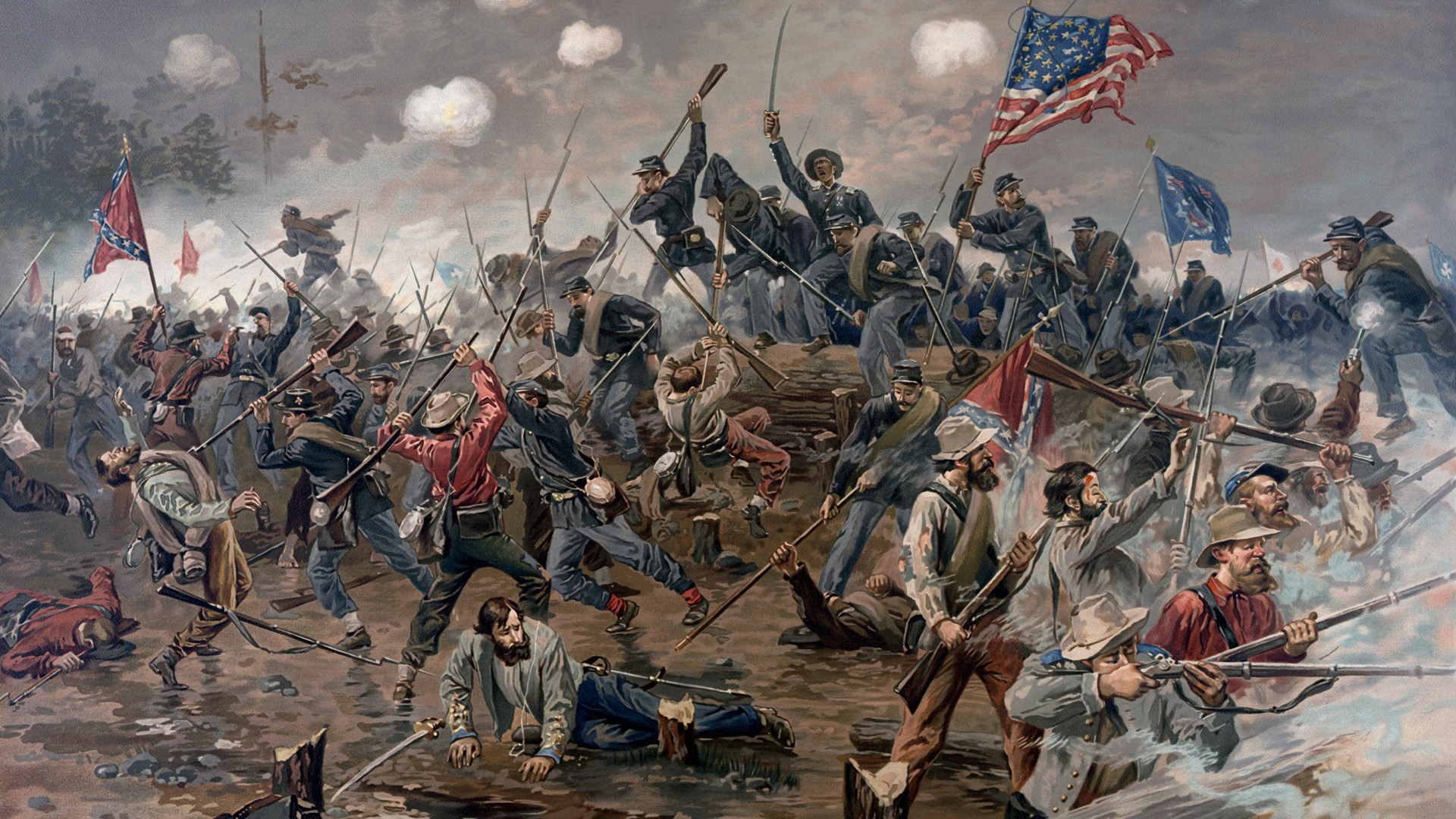



Join The Conversation
Comments
View All Comments